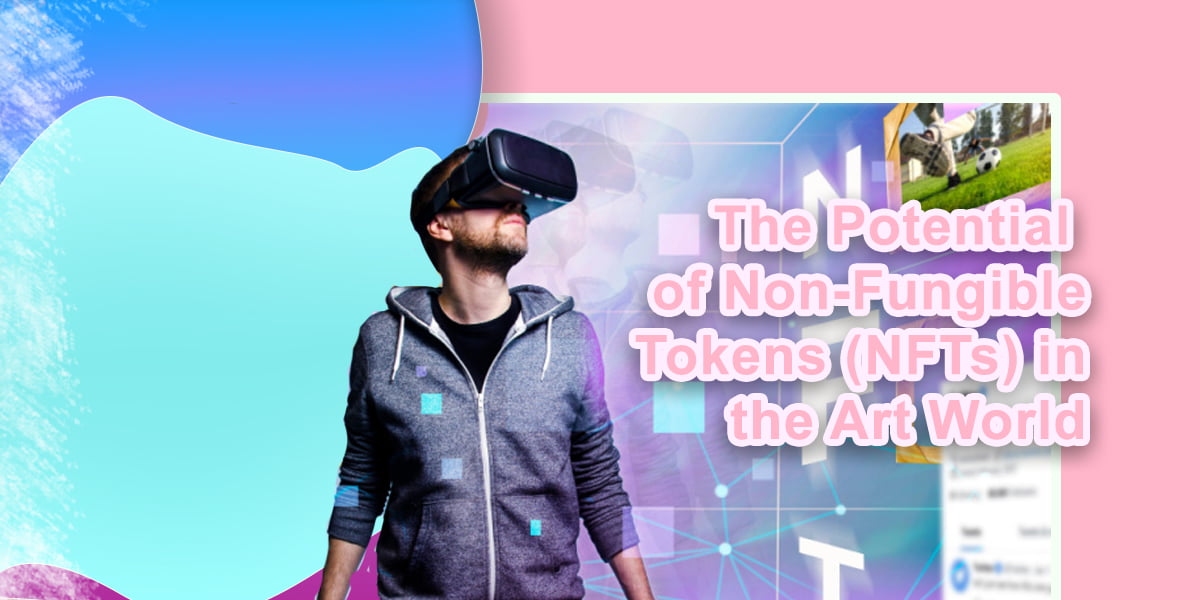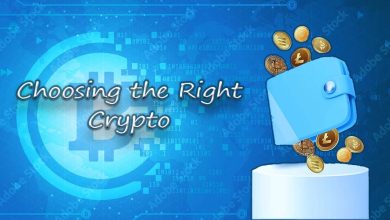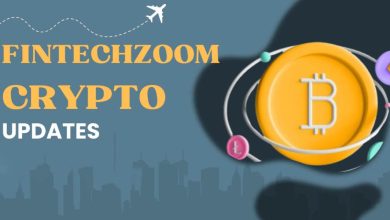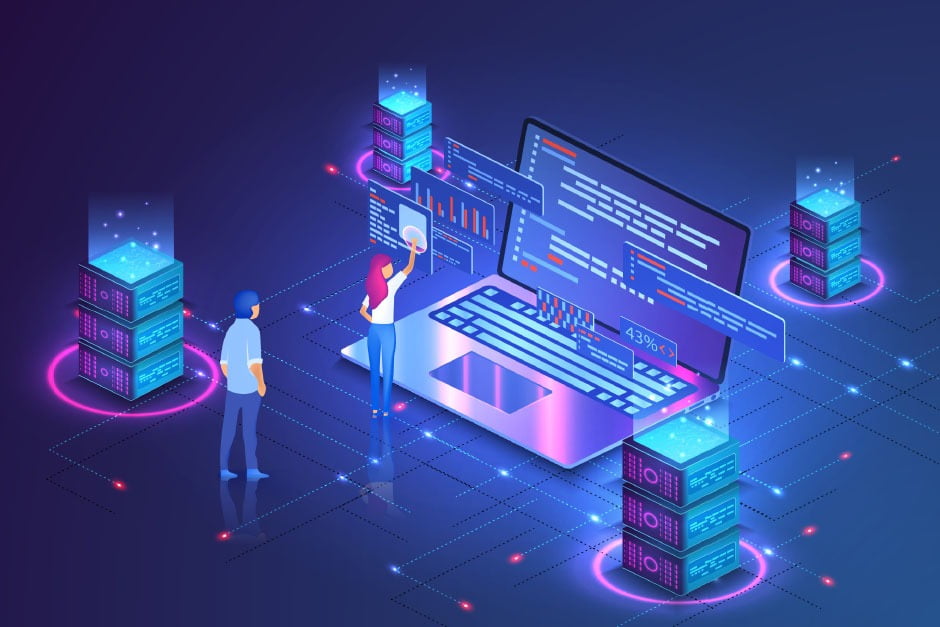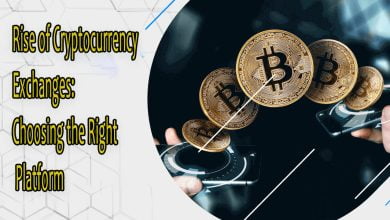Exploring the Potential of Non-Fungible Tokens (NFTs) in the Art World
Blockchain technology has brought forth a groundbreaking innovation in the art world: non-fungible tokens (NFTs). NFTs have captured global attention as unique digital assets representing ownership of specific digital content, such as artwork, music, videos, or virtual real estate. In this article, we delve into the potential of NFTs in the art industry, examining the benefits and challenges they present and exploring their impact on artists, collectors, and the art market.
Empowering Artists and Authenticity
NFTs provide artists with a new way to authenticate and protect their digital creations. By minting their artwork as NFTs, artists can establish a digital provenance and prove their ownership and authorship of the work. This revolutionary feature enables artists to maintain control over their creations in the digital realm, guarding against unauthorized reproductions and ensuring authenticity—a longstanding challenge in the digital art space.
Democratizing Art Ownership and Access
NFTs can potentially democratize art ownership by removing traditional barriers to entry. With fractional ownership and micro-investments enabled by NFTs, art enthusiasts can purchase and own a fraction of high-value artworks previously out of reach. Moreover, NFTs facilitate global access to art, allowing individuals from anywhere worldwide to engage with and support artists and their creations, fostering a more inclusive and diverse art ecosystem.
Enhanced Royalties and Residual Income
NFTs allow artists to earn ongoing royalties whenever their art is sold or traded in the secondary market. Through smart contracts embedded within NFTs, artists can receive a predetermined percentage of each subsequent sale, providing them with a potential source of passive income. This innovation can revolutionize how artists monetize their work, ensuring that they continue to benefit from the increasing value of their creations over time.
Authenticating Limited Editions and Collectibles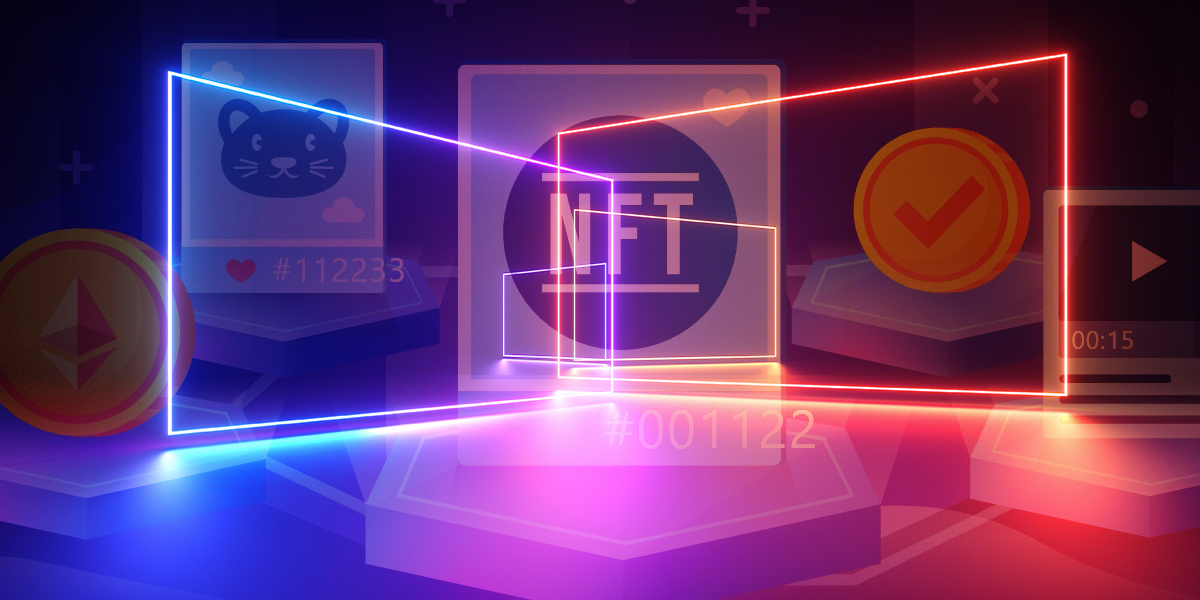
NFTs enable the creation and authentication of limited editions and collectables in the digital realm. Artists can release limited copies of their artwork as NFTs, certifying their scarcity and uniqueness. Collectors can then own and trade these limited-edition NFTs, similar to collecting physical art. The transparent and immutable nature of blockchain technology ensures the verifiability and value of these digital collectables, fostering a new market for digital art enthusiasts.
New Revenue Streams for Galleries and Institutions
NFTs present galleries, museums, and art institutions with new avenues for revenue generation. By embracing NFTs, these establishments can curate and sell digital artworks, reaching a broader audience beyond their physical premises. Additionally, they can host virtual exhibitions and auctions, further expanding their reach and revenue potential. NFTs also open up possibilities for collaborations and partnerships with digital artists, fostering innovation and experimentation within the art world.
Challenges and Sustainability Concerns
Despite the potential of NFTs, the technology also faces challenges and sustainability concerns. The environmental impact of blockchain networks, particularly in terms of energy consumption, has raised questions about the long-term viability of NFTs. However, efforts are underway to develop eco-friendly solutions, such as transitioning to proof-of-stake consensus mechanisms. Additionally, the risk of intellectual property infringement and the need for robust copyright protections in the digital realm remain areas of concern that require careful consideration.
Evolving Art Market Dynamics
NFTs are reshaping traditional dynamics in the art market. They challenge established notions of physical ownership and traditional art valuations. The shift towards digital ownership and the ability to prove authenticity through blockchain technology has the potential to redefine the art market’s value propositions. This evolution may require galleries, auction houses, and collectors to adapt their strategies and business models to accommodate the increasing prominence of NFTs in the art world.
Authenticating and Protecting Digital Art
NFTs provide a secure and transparent way to authenticate and protect digital artworks. Through blockchain technology, NFTs establish a permanent record of ownership and provenance, ensuring that digital art cannot be duplicated or tampered with. This feature helps to build trust among buyers and collectors, fostering a thriving marketplace for digital creations.
Gamification and Interactive Art Experiences
NFTs can introduce gamification and interactive elements to the art world. Artists can create dynamic and immersive experiences tied to their NFTs, allowing collectors to engage with the artwork uniquely. This fusion of art and technology opens doors to innovative storytelling, augmented reality (AR), virtual reality (VR), and other interactive mediums, enhancing the overall art experience.
Artist-Fan Engagement and Community Building
NFTs facilitate direct engagement between artists and their fans. Through Non-Fungible Tokens marketplaces and social platforms, artists can connect with their audience, share their creative process, and receive direct feedback. It increased accessibility and interaction, fostered community and fan loyalty, empowering artists to build dedicated followings and cultivate a strong support network.
Preservation of Digital Art
Digital art has historically faced challenges regarding preservation and long-term accessibility. NFTs can help address this issue by providing a permanent and decentralized record of digital artworks. Artists and institutions can store digital art metadata, including high-resolution files and associated information, on the blockchain, ensuring the preservation of artistic creations for future generations.
Philanthropy and Social Impact
NFTs have the potential to drive philanthropic initiatives within the art world. Artists can create limited-edition NFTs specifically for charitable causes, with a portion of the proceeds going to organizations and projects aligned with their values. This intersection of art and social impact allows collectors to support meaningful causes while acquiring unique digital assets.
Licensing and Rights Management
NFTs enable artists to manage licensing and rights associated with their digital creations. Smart contracts embedded within NFTs can automatically enforce usage rights and determine how the artwork can be reproduced, displayed, or monetized. This feature ensures that artists retain control over their intellectual property and can monetize their work across various platforms, fostering fair compensation and protection against unauthorized use.
Global Reach and Borderless Transactions
NFTs remove geographical limitations, allowing artists to reach a global audience without physical distribution. Artists can connect with collectors worldwide, expanding their market reach and potentially commanding higher prices for their artwork. Additionally, Non-Fungible Tokens transactions can be conducted seamlessly across borders, enabling frictionless and secure international art sales.
Artistic Innovation and Experimentation
NFTs encourage artistic innovation and experimentation by offering new possibilities for creativity. The digital nature of NFTs allows artists to explore previously challenging or impossible mediums in the physical realm. Artists can experiment with generative art, interactive installations, and other digital formats, pushing the boundaries of traditional art forms and sparking new artistic movements.
Art Investment and Asset Diversification
NFTs introduce a new dimension of investment opportunities within the art market. Collectors and investors can acquire NFTs as assets with the potential for appreciation. Additionally, fractional ownership of NFTs allows individuals to diversify their art portfolios, mitigating risk and providing access to a broader range of artists and genres.
Collaboration and Cross-Industry Partnerships
NFTs foster collaboration between artists, brands, and influencers from different industries. Through partnerships, artists can leverage the reach and influence of established brands to gain exposure and reach new audiences. These collaborations can be limited-edition Non-Fungible Tokens releases, digital art activations, or virtual events, creating synergies that benefit all parties involved.
Conclusion
Non-Fungible Tokens (NFTs) hold immense potential for transforming the art world. By providing authentication, democratizing ownership, fostering engagement, and enabling new forms of art creation, NFTs are reshaping the landscape for artists, collectors, institutions, and art enthusiasts alike. While challenges and considerations persist, embracing the potential of NFTs can lead to an exciting future where digital art thrives, creative boundaries are pushed, and the art market becomes more accessible, inclusive, and innovative.

